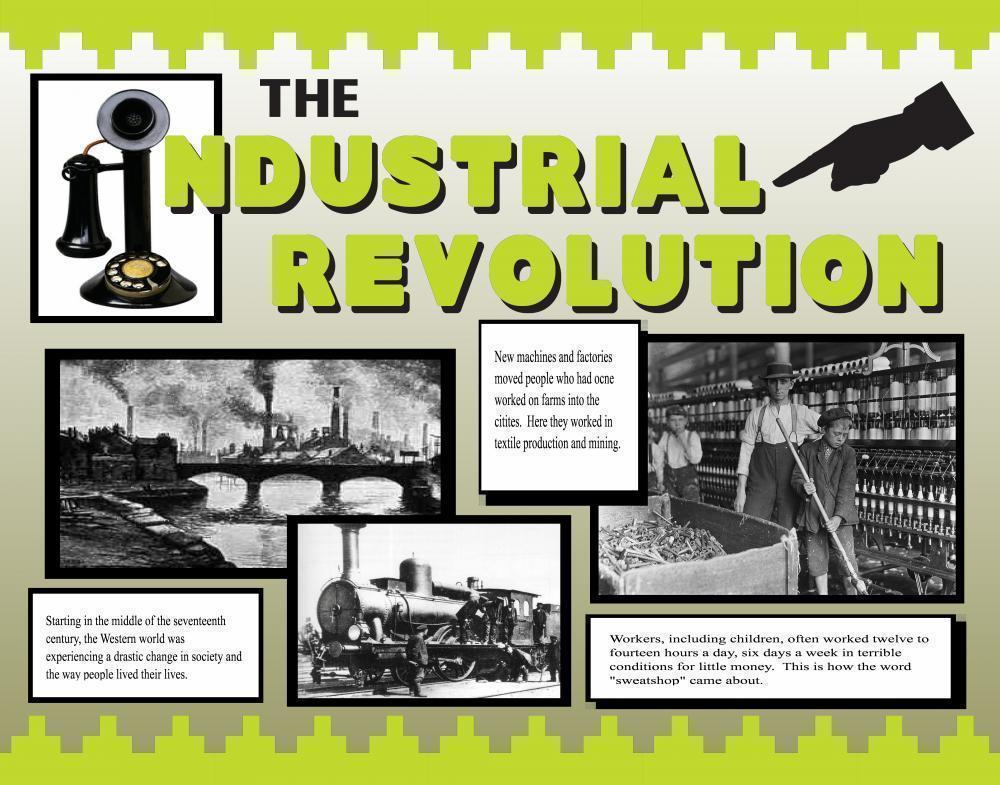Overview
The Industrial Revolution was a transformative period that marked the shift from agrarian and handicraft economies to those dominated by industry and machine manufacturing. This transition began in Britain in the late 18th century and subsequently spread to other parts of the world, fundamentally altering various aspects of society, economy, and culture.
Technological Innovations
Several key technological advancements characterized the Industrial Revolution:
- –
Textile Machinery: Innovations such as the spinning jenny, water frame, and power loom revolutionized the textile industry by significantly increasing production capacity and efficiency.
- –
Steam Power: The development of the steam engine provided a new source of power for factories and transportation, facilitating the growth of industries and the expansion of railways.
- –
Iron and Steel Production: The introduction of new smelting techniques, including the use of coke in place of charcoal, enhanced the quality and quantity of iron and steel production, supporting infrastructure development.
Economic and Social Impact
The Industrial Revolution had profound economic and social effects:
- –
Urbanization: The rise of factories led to mass migration from rural areas to urban centers, resulting in rapid city growth and the emergence of new social classes.
- –
Labor Conditions: Factory work introduced long hours, low wages, and often hazardous conditions. Child labor was prevalent, with children as young as five working extensive shifts.
- –
Economic Growth: The increase in production and efficiency led to a wider distribution of wealth and the expansion of international trade.
Global Spread
While the Industrial Revolution began in Britain, it eventually spread to other regions:
- –
United States: The U.S. experienced its own industrial growth in the 19th century, marked by advancements in manufacturing and transportation.
- –
Europe: Countries like Germany and France adopted industrial practices, contributing to their economic development.
Environmental and Cultural Effects
The rapid industrialization brought about environmental challenges, including pollution and resource depletion. Culturally, it led to shifts in societal structures, work patterns, and lifestyles, laying the foundation for the modern industrialized world.
Key Figures
Prominent individuals associated with the Industrial Revolution include:
- –
James Watt: Improved the steam engine, enhancing its efficiency and application in various industries.
- –
Richard Arkwright: Invented the water frame, a key development in mechanized textile production.
- –
Eli Whitney: Invented the cotton gin, revolutionizing cotton processing and significantly impacting the textile industry.
Legacy
The Industrial Revolution set the stage for subsequent technological advancements and economic systems. Its legacy is evident in today's industrial practices, urban landscapes, and the ongoing discourse on labor rights and environmental sustainability.
